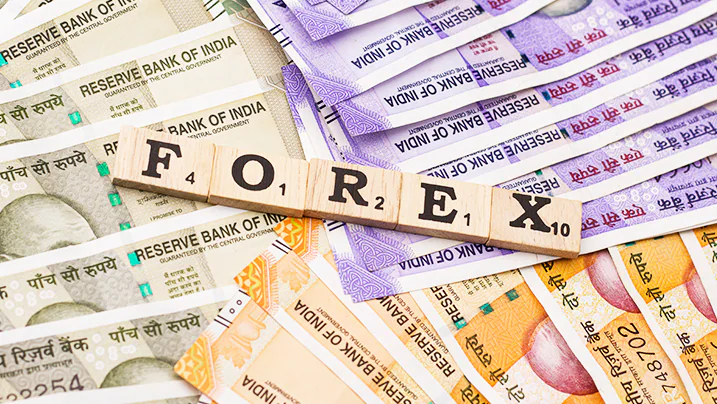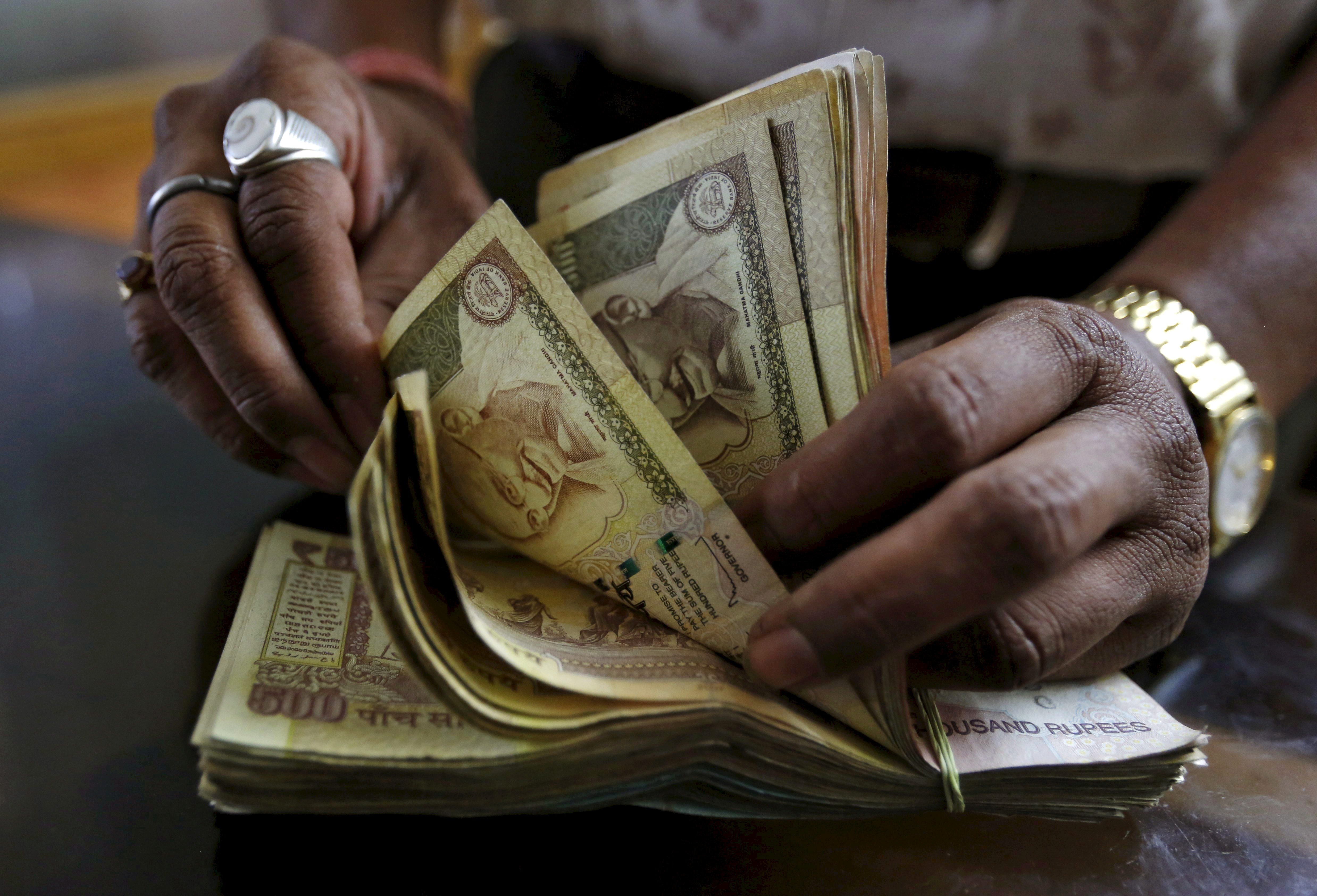India’s Foreign Exchange Reserves Witness Downturn, Trade Deficit Shows Encouraging Contraction to $20.13 Billion

India’s Foreign Exchange Reserves Witness Downturn, Trade Deficit Shows Encouraging Contraction to $20.13 Billion
In a recent development, India’s foreign exchange reserves have experienced a notable decline, reaching their lowest level in nearly three months. Simultaneously, there is a glimmer of hope for the country’s trade balance, as the trade deficit has narrowed to $20.13 billion. These contrasting trends in the economic landscape are attracting attention from experts and policymakers as they analyze the implications for India’s financial stability and global trade relations.

Foreign Exchange Reserves Slide Amidst Economic Uncertainty
The decline in India’s foreign exchange reserves comes as a concern, considering the importance of these reserves in bolstering the nation’s economic stability. Foreign exchange reserves are crucial for safeguarding a country’s economy against external shocks and ensuring its ability to meet international payment obligations. They serve as a cushion during times of economic volatility, helping to stabilize the value of the national currency and maintain confidence in the financial system.
The reasons behind the recent dip in India’s foreign exchange reserves are multi-faceted. One contributing factor could be the fluctuations in global oil prices, which heavily influence India’s import bill. As India relies heavily on oil imports to meet its energy needs, any surge in oil prices can put substantial pressure on the country’s foreign exchange reserves.
Moreover, the ongoing global economic uncertainty, geopolitical tensions, and international trade disruptions may have impacted India’s foreign exchange inflows, leading to the depletion of reserves. Additionally, factors such as foreign investments, remittances, and export revenues play a crucial role in determining the level of foreign exchange reserves. A decline in these inflows could have added to the present situation.

Trade Deficit’s Encouraging Contraction
Amidst the concerns over foreign exchange reserves, there is a glimmer of hope on the trade front. India’s trade deficit has narrowed to $20.13 billion, suggesting a potential improvement in the country’s trade balance. The trade deficit represents the gap between a nation’s imports and exports and serves as a vital indicator of its trade performance.
The narrowing of the trade deficit indicates that India’s exports have shown resilience despite the challenging global economic conditions. A thriving export sector is essential for promoting economic growth, generating employment opportunities, and reducing the country’s reliance on imports. The contraction in the trade deficit is likely to be positively perceived by investors and international markets, signifying a boost in India’s competitiveness in the global trade arena.
Various factors may have contributed to the favorable development in the trade deficit. The Government’s continued focus on promoting “Make in India” initiatives, which aim to bolster domestic manufacturing and enhance exports, could have played a crucial role. Additionally, the efforts to diversify India’s export basket by exploring new markets and products may have yielded positive results.

The Road Ahead: Challenges and Opportunities
While the decline in foreign exchange reserves and the improvement in the trade deficit present a mixed picture of India’s economy, the challenges ahead should not be underestimated. Economic uncertainties, geopolitical developments, and the dynamics of international trade will continue to influence the trajectory of India’s foreign exchange reserves and trade balance.
To address the issue of declining foreign exchange reserves, policymakers may need to consider a multi-pronged approach. Measures to attract foreign investments, promote exports, and enhance remittances could help in replenishing the reserves. Additionally, initiatives to reduce the nation’s dependence on imported goods, especially in critical sectors, could have a positive impact on the balance of payments and foreign exchange situation.
Furthermore, a focus on economic reforms, infrastructure development, and skill enhancement can enhance India’s overall competitiveness, thereby supporting export growth and narrowing the trade deficit. Collaborative efforts with trading partners and active participation in regional and international trade agreements could also open up new avenues for Indian businesses in global markets.
Impact on the Rupee and Inflation
The decline in foreign exchange reserves may also have implications for the Indian rupee’s exchange rate and inflationary pressures. As foreign exchange reserves dwindle, the central bank may face challenges in stabilizing the rupee’s value against other major currencies. A depreciating rupee could result in higher import costs, leading to inflationary pressures in the economy. This, in turn, could affect the purchasing power of consumers and businesses, potentially impacting overall economic growth.
To mitigate these effects, the central bank and policymakers may need to adopt a judicious monetary policy approach to maintain price stability while supporting economic growth. Careful management of foreign exchange reserves and exchange rate policies will be crucial to balance the interests of exporters and importers, safeguarding both domestic industries and consumers.
In this dynamic economic landscape, policymakers must tread cautiously to strike the right balance between managing foreign exchange reserves, promoting exports, and addressing inflationary concerns. Proactive measures and prudent economic policies will be essential to navigate the challenges and capitalize on opportunities to ensure a sustainable and robust economic growth trajectory for India.
In conclusion, India’s foreign exchange reserves have witnessed a decline, raising concerns about the country’s economic stability. Simultaneously, the narrowing trade deficit offers a ray of hope, indicating potential improvements in the trade balance. As the nation navigates through a complex global economic landscape, proactive and strategic measures by policymakers will be crucial in addressing challenges and leveraging opportunities for sustainable economic growth and development.




